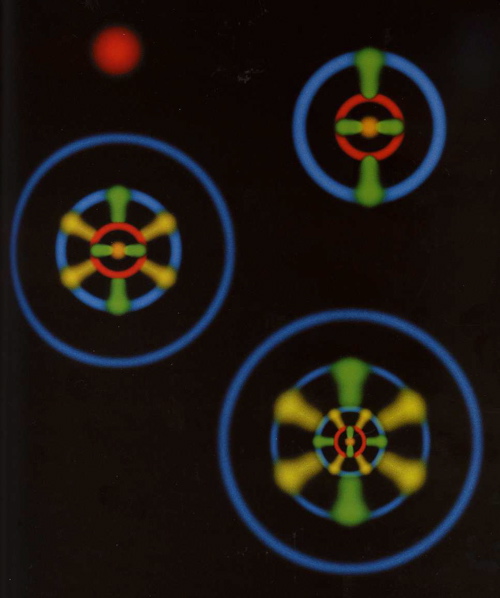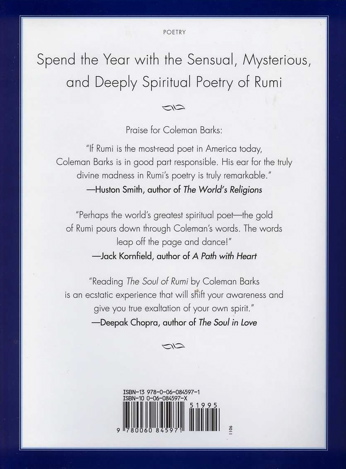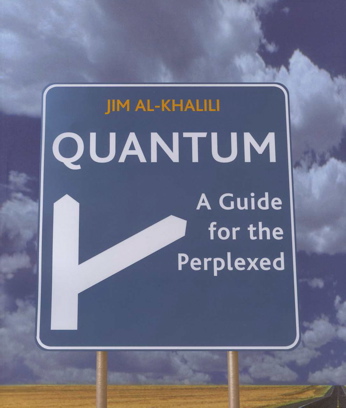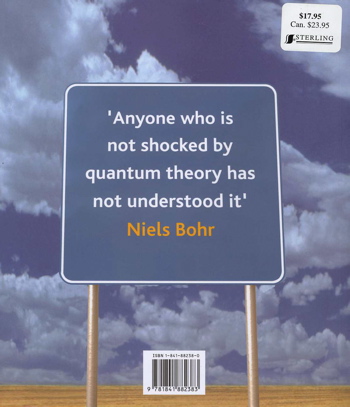
Home
Journals 2008
Year to Date
January
February
March
April
May
June
July
August
September
October
November
December
Time Tables 2008
Year to Date
January
February
March
April
May
June
July
August
September
October
November
December

Year to Date
January
February
March
April
May
June
July
August
September
October
November
December
Year to Date
January
February
March
April
May
June
July
August
September
October
November
December
This page last updated on: Sunday, April 20, 2008 9:19 AM
It is -9 C with a high forecast of +7 C. Sunrise 7:18 Sunset 19:55 Hours of daylight: 12:37
Rumi & coffee. A good start.
Now for some early morning physics.
| Learning Category | Planned Activities for Today | Time |
|---|---|---|
| Literature | Begin morning with a Rumi reading | |
| Literature | Continue reading "The Way the Crow Flies" by Ann-Marie MacDonald | 3 hr |
| Science | Continue reading "Quantum: A Guide for the Perplexed" by Jim Al-Khalili | 2 hr |
| Having skim-read this chapter, my initial impression is that this chapter contains the most detail and will require the most time to understand. |
At the moment I see three distinct topics:
Quantum mechanics refers to the mathematics (particularly Schrodinger's wavefunction) used to describe and predict various physical phenomena (particularly matter and energy). The idea of quanta refers to the critical idea that energy exists in discrete levels rather than as a continuous range. Let me try to summarize the book so far.
|
This chapter summarizes what we now know about the structure of the atom and the nucleus.
"We must regard every electron as spread throughout the volume of its atom. ... The different regions within the atom where each electron prefers to spend its time depend on the shape of its wavefunction." [p. 162]
Here is a superb illustration of the electron clouds for hydrogen, silicon, iron and silver [p. 163]

Now the story focuses on the structure of the nucleus.
"... the uncertainty principle is more generally a statement about our inability to assign precise values to two complementary quantities simultaneously, such as a particle's position and its momentum. ... There are other pairs of quantities that fall into this category, such as a particle's energy and the precise duration that it has that energy. ... In the quantum realm, the time scale of events is very short indeed. ... This short time scale allows particles such as protons and neutrons to utilize the uncertainty principle in a neat yet crucial way. They can borrow energy from literally nowhere for a very short duration, provided the energy gets paid back before the uncertainty principle is violated. ... Einstein's equation tells us that mass and energy are interchangeable, so the borrowed energy can be used to creat a particle of a certain mass. Yukawa proposed the creation of such a particle, now called a pion, inside nuclei. This particle, he suggested, was responsible for the attractive force holding protons and neutrons." [p. 170]
"Virtual particles [ i.e. one's that only exist for very short periods of time] that can be created out of pure energy are known as bosons. They are also referred to as force-carrying particles, in the sense that when they are exchanged between two other particles the process leads to a force between them. Bosons obey different quantum rules to proper matter particles, known collectivley as fermions, like electrons, protons and neutrons, which make up atoms and hence all the matter we see around us." [p. 171]
| This has been a lot of fun. The fine detail may still be missing, but the overall sense of the picture is fairly clear. |
Tags: physics, science, quantum
Books on the Go Today |
|
 |
 |
 |
 |
 |
 |